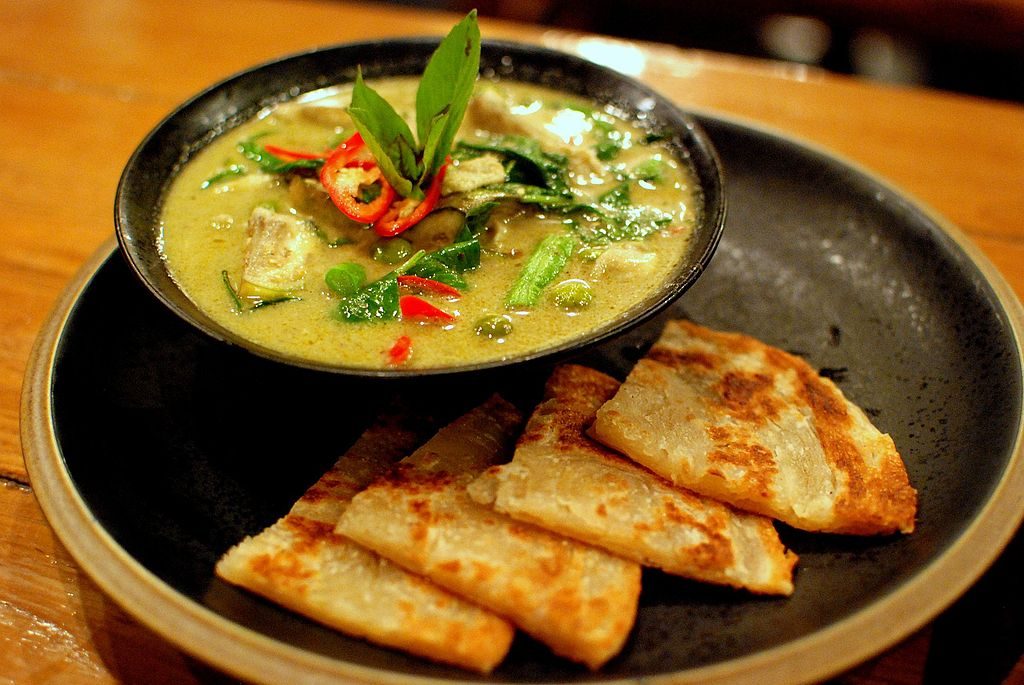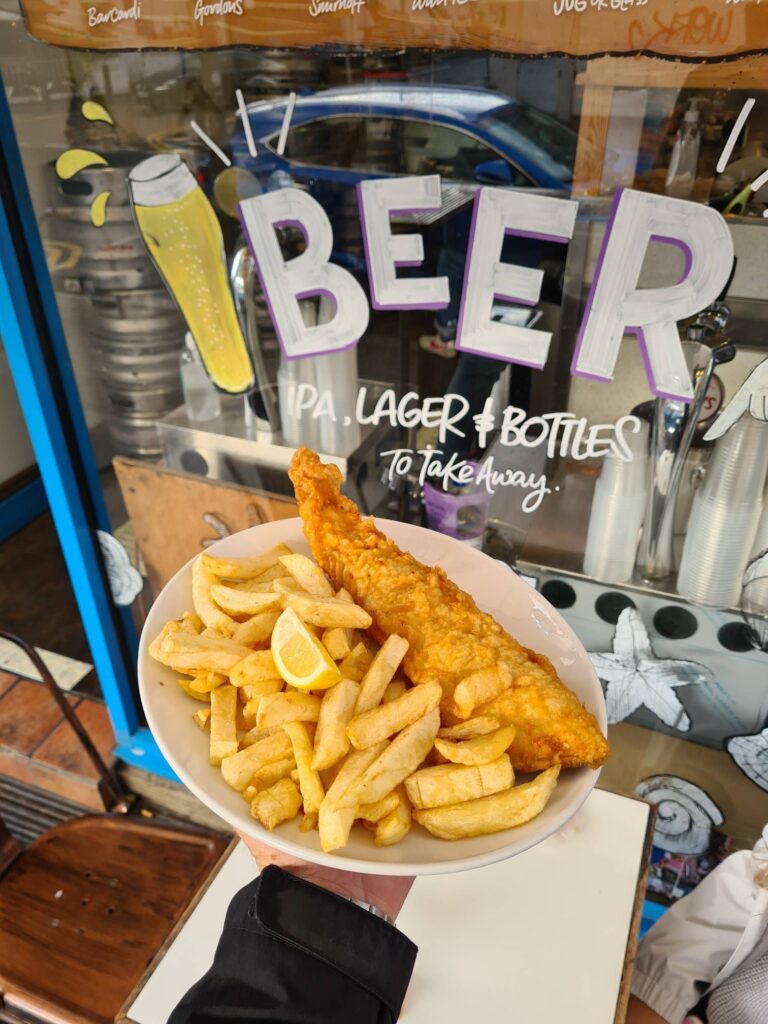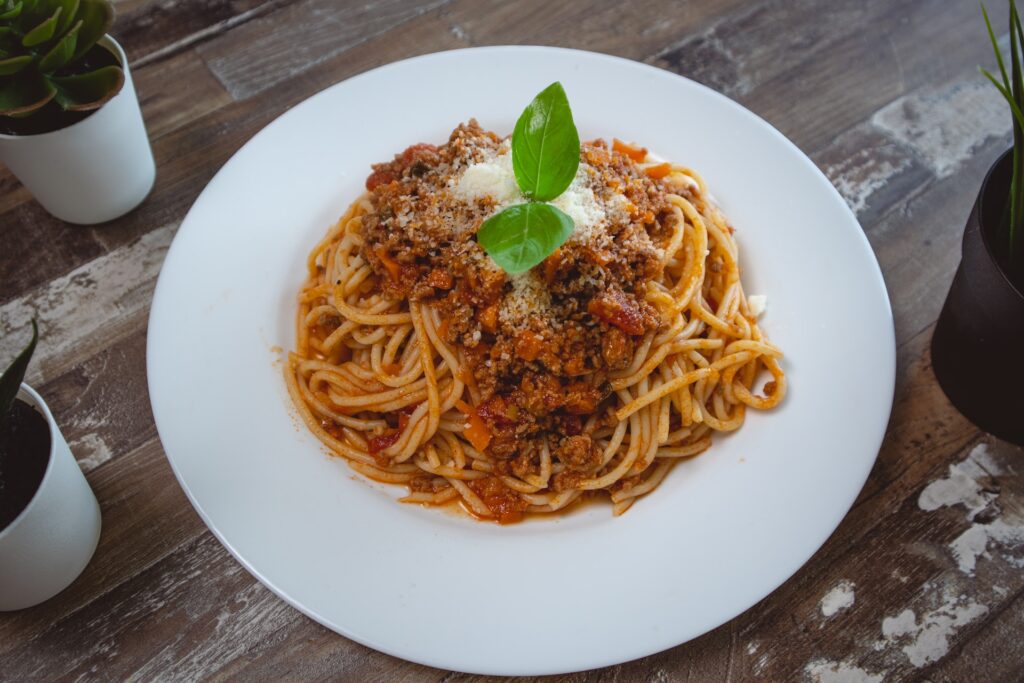As any budding gastronomy enthusiast would acknowledge, the delicate art of pairing food with the right beverage can elevate a meal from merely satisfying to a truly memorable culinary adventure. The rule of thumb has traditionally been that wine is the go-to partner for dining, whether pairing pinot noir with your favourite Indian takeaway or chablis with a dozen oysters somewhere fancy.
All that said, an increasingly modern trend has emerged, that is diverting away from grape and veering towards grain. Yes, we’re talking about beer – the underdog of food pairing.
The Golden Rules Of Pairing
While pairing beer with food opens up an avenue for personal creativity and exploration, there are a few ‘golden rules’ to guide you through the process.
Match Strength With Strength
This is a crucial principle to bear in mind. The flavours of your beer and your dish should be in harmony. A robust beer can easily overpower a delicate dish, and conversely, a hearty meal can render a light beer tasteless.
Balance Bitterness & Spice
Beers with high bitterness can increase the heat in spicy foods. If you’re serving a spicy curry, consider a refreshingly light and slightly sweet beer which can balance the spice and refresh the palate.
Complement Or Contrast
The flavours of your beer can either mirror the flavours in the food, creating a harmonious experience, or they can provide a contrasting note, creating an intriguing balance. For instance, the malty sweetness of a Brown Ale can complement the caramelised crust of a perfectly grilled steak, while the tartness of a Sour Ale contrasts beautifully against rich, fatty foods.

Don’t Forget Carbonation
Beers with high carbonation can act as a palate cleanser, cutting through rich and creamy foods to refresh the palate. A crisp Pilsner could perfectly balance out a fish and chips dish.
Consider The Cooking Method
The way your food is cooked can guide your beer choice. Grilled foods often pair well with beers that have roasty notes, like Porters or Stouts, while lighter cooking methods like steaming or poaching might pair well with lighter beers like Pilsners or Pale Ales.
Factor In The Brewing Process
The brewing process can greatly influence the flavours and characteristics of beer, and thus its compatibility with certain foods. For example, beers that have been barrel-aged often have a robust, complex profile, with notes of wood, vanilla or even spirits, and these pair well with rich, hearty dishes or strong cheeses.
On the other hand, a lightly hopped lager, with its crisp and clean profile, may suit delicate dishes such as light seafood or salads, or salty snacks like crisps and pretzels.
Understanding the brewing process and how it affects the flavour profile of the beer can provide valuable insight when making food pairing decisions.

The Perfect Beer & Food Pairings
Anyway, if you’re wondering how to harmoniously marry your dinner with the perfect pint, then you’ve come to the right place; here’s our IDEAL guide to pairing beer with food.
Spicy Thai Curries with Wheat Beer
The intricate flavours and heat of Thai curries make them a gastronomic delight. Your chosen beer pairing can make or break this dining experience. Wheat beer, often served super chilled, is a marvellous choice for Thai cuisine.
Its slight sweetness, refreshing carbonation, and the fruity and spicy tones beautifully counterbalance the heat of the curry, whilst not overshadowing the nuanced flavours of lemongrass, galangal, and makrut lime leaves. IPA and Saison beers also work really well.

Roast Chicken with Pale Ale
Roast chicken, a perennial favourite in British households, is known for its soothing, savoury flavours and the most delicious skin. A strong beer might overpower it. However, a balanced brew like a Pale Ale can be a winning combination. The hoppy character and subtle citrus tones of Pale Ale can amplify the succulence of the chicken and its sumptuous though light gravy, making it a cheerfully satisfactory match.
Fish & Chips with Classic Pilsner
There’s nothing more traditionally British than a serving of crisply battered fish and chunky chips. A classic Pilsner, renowned for its crisp and slightly bitter profile, works wonders with this dish. The effervescence and lightness of the Pilsner, combined with its citrus notes, cuts through the richness of the batter and helps to refresh the palate, enhancing each delightful fishy forkful.


Roast Beef with Stout
Roast beef, thick gravy, and Yorkshire pudding – the quintessential British Sunday roast. A hearty meal such as this requires a robust beer to match. Enter the Stout. The roasted barley and rich, strong flavours of a stout can stand up to the bold tastes and textures of the roast beef and trimmings without clashing. The darker malt flavours of stout even share certain flavour similarities with the sear on roast beef, creating a divine pairing that enhances the enjoyment of both.
A Cheeseboard with Belgian Ale
Nothing caps a fine dining experience quite like an array of aromatic cheeses. This is where the complex Belgian Ale steps into the spotlight. Their high carbonation cuts through the creaminess of cheese, while the fruit and spice notes interact interestingly with varieties from sharp cheddar to pungent blue.
Pizza with American IPA
Pizza, with its rich, tangy tomato sauce, can handle a beer with a bit of punch. An American IPA, with its strong hoppy bitterness and citrusy undertones, is an excellent choice that can balance the richness of the cheese while echoing the acidity of the tomato sauce. The slight floral notes also compliment a variety of toppings from meats to vegetables.

Full English Breakfast with Brown Ale
A traditional Full English Breakfast, in all its hearty glory, requires a beer with enough character to hold its own. A traditional British Brown Ale, with its toasty malt, subtle sweetness and low bitterness, can enhance the savoury flavours of the breakfast. The beer’s robust enough to complement the bacon and sausages, yet sufficiently mellow not to overpower the eggs, mushrooms, and tomatoes.
Lancashire Hotpot with Traditional Bitter
The Lancashire Hotpot, a lamb and vegetable stew topped with sliced potatoes, is a deeply comforting and traditional dish. An old but gold British Ale, known as a Traditional Bitter, pairs perfectly with this dish. Its moderate alcoholic strength and bitterness, balanced by a subtle fruity sweetness, work in tandem with the rich meat and vegetables without overshadowing the meal.
Spaghetti Bolognese with Munich Dunkel
For a rich, tomato-based Spaghetti Bolognese, a Munich Dunkel is a surprisingly excellent beer pairing. Dark lagers like Dunkel, with their mild bitterness, moderate sweetness and hints of chocolate, can counterbalance the acidity of the tomato sauce and provide a beautiful contrast to the savoury meat, thereby enhancing the overall dining experience.

Apple Crumble with Belgian Tripel
To end on a sweet note, the classic dessert- Apple Crumble pairs wonderfully with a Belgian Tripel. The beer’s high carbonation and spicy, fruity tones are a delightful complement to the crumble’s sweet-tart apple filling (even better with a little rhubarb thrown in!).
Moreover, the beer’s malty richness is perfect against the crumble’s buttery, oat-y topping. The melody of the apple crumble with the Belgian Tripel is a testament to the fact that beer isn’t just for savoury dishes.
The Bottom Line
Evidently, the arena of beer and food pairing is incredibly vast and diverse – a gastronomic playground if you will. The array of flavours, styles, and textures in both beer and food mean that the possibilities are virtually endless. Why not start with these classic pairings and then experiment with your own combinations? Happy tasting!





